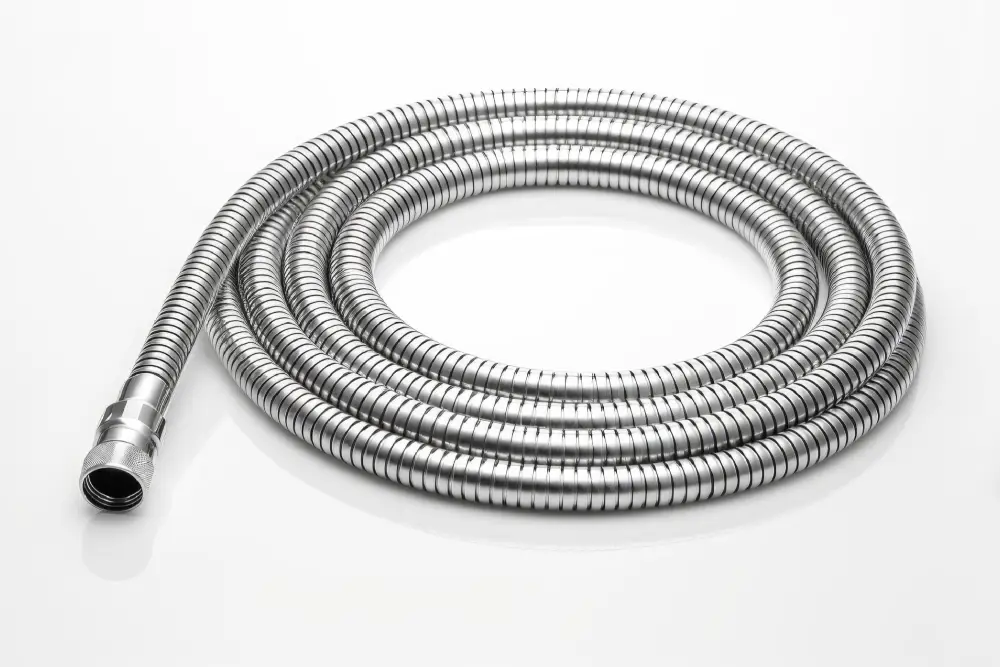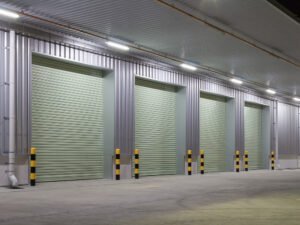In industrial and commercial piping systems, flexibility and durability are often equally important. Whether handling extreme temperatures, high pressures, or corrosive environments, the hose you choose can determine the efficiency and safety of your operations. One of the most dependable solutions available today is the flexible stainless steel hose.
This hose is engineered to combine the resilience of stainless steel with the adaptability of a flexible design. From power plants to food processing facilities, flexible stainless steel hoses are essential wherever reliability under demanding conditions is required.
What Is a Flexible Stainless Steel Hose?
A flexible stainless steel hose is a corrugated metallic hose typically manufactured from high-grade stainless steel. The corrugations provide the hose with flexibility, allowing it to bend and absorb movement, while the stainless steel construction offers strength, resistance to corrosion, and the ability to handle high temperatures.
These hoses can be used with or without braiding. When equipped with a stainless steel braid, the hose gains additional pressure resistance and reduced elongation under load. This makes them suitable for applications involving extreme conditions and dynamic movements.
Key Advantages
Exceptional Durability
Unlike rubber or plastic hoses, stainless steel hoses resist cracking, warping, and degradation caused by harsh environments. They provide a long service life even under continuous operation.
Temperature Range
Flexible stainless steel hoses can withstand a broad range of temperatures—from cryogenic conditions to extremely high heat—making them ideal for steam, hot water, and thermal-fluid transfer.
Pressure Handling
Corrugated stainless steel hoses are designed for significant internal pressures. Adding a braided layer increases burst resistance and reduces the risk of hose elongation or failure under pressure.
Corrosion Resistance
Stainless steel offers natural resistance to rust and many chemicals. This ensures safe operation in applications where other hose materials may deteriorate quickly, such as chemical processing or marine environments.
Vibration and Movement Absorption
The corrugated design allows the hose to flex easily, absorbing system movements and vibrations that could damage rigid piping or connected equipment.
Common Types and Configurations
- Corrugated Metal Hose — The standard for flexibility and pressure resistance.
- Braided Metal Hose — A corrugated hose covered with a stainless steel braid for extra strength.
- Interlocked Hose — Made of interlocking metal strips for applications like suction or exhaust where flexibility is needed but extreme pressure resistance is not.
End fittings vary widely (flanged, threaded, welded, or quick-connect), and hose selection should match the system’s connection standards.
Typical Applications
Flexible stainless steel hoses are used across multiple industries:
- HVAC Systems — Connecting chillers, boilers, and pumps while isolating vibrations.
- Chemical Processing — Safe transport of aggressive or corrosive fluids.
- Food & Beverage — Hygienic transfer lines that must meet sanitary standards.
- Power Plants — Steam lines, cooling loops, and turbine connections.
- Cryogenics — Handling extremely low temperatures without brittleness.
- Marine & Offshore — Withstanding saltwater and harsh environmental exposure.
How to Choose the Right Hose
Selecting the appropriate hose involves several engineering considerations:
- Operating Pressure & Temperature — Verify that the hose and any braiding can safely handle expected pressures and temperatures.
- Media Compatibility — Confirm chemical compatibility between the hose material and the conveyed media.
- Movement Type — Determine whether the hose must absorb vibration, misalignment, axial movement, or lateral offset.
- Bend Radius & Length — Respect the manufacturer’s minimum bend radius and ensure correct installed length to avoid stress.
- End Fitting Type — Choose fittings that match the system and permit safe, leak-free connections.
Maintenance and Safety Benefits
Flexible stainless steel hoses reduce downtime and maintenance costs by protecting pumps, valves, and piping from vibration damage and misalignment. Their robust construction minimizes leaks, protecting personnel and the environment from hazardous releases. Regular inspection for abrasion, braid wear, and end-fitting security will extend hose service life.
Where to Source Quality Hoses
When specifying equipment or replacing components, choose hoses from reputable manufacturers and ensure they meet relevant industry standards. For instance, when sourcing a flexible stainless steel hose, confirm product certifications, pressure ratings, and recommended installation practices to guarantee long-term performance.
Conclusion
The flexible stainless steel hose is a critical component in modern fluid and gas systems—offering corrosion resistance, high-temperature capability, pressure endurance, and excellent flexibility. Proper selection, installation, and maintenance of these hoses protect equipment, prevent leaks, and improve overall system reliability. Choosing quality products from established suppliers and following best practices will deliver dependable performance across demanding industrial applications.


